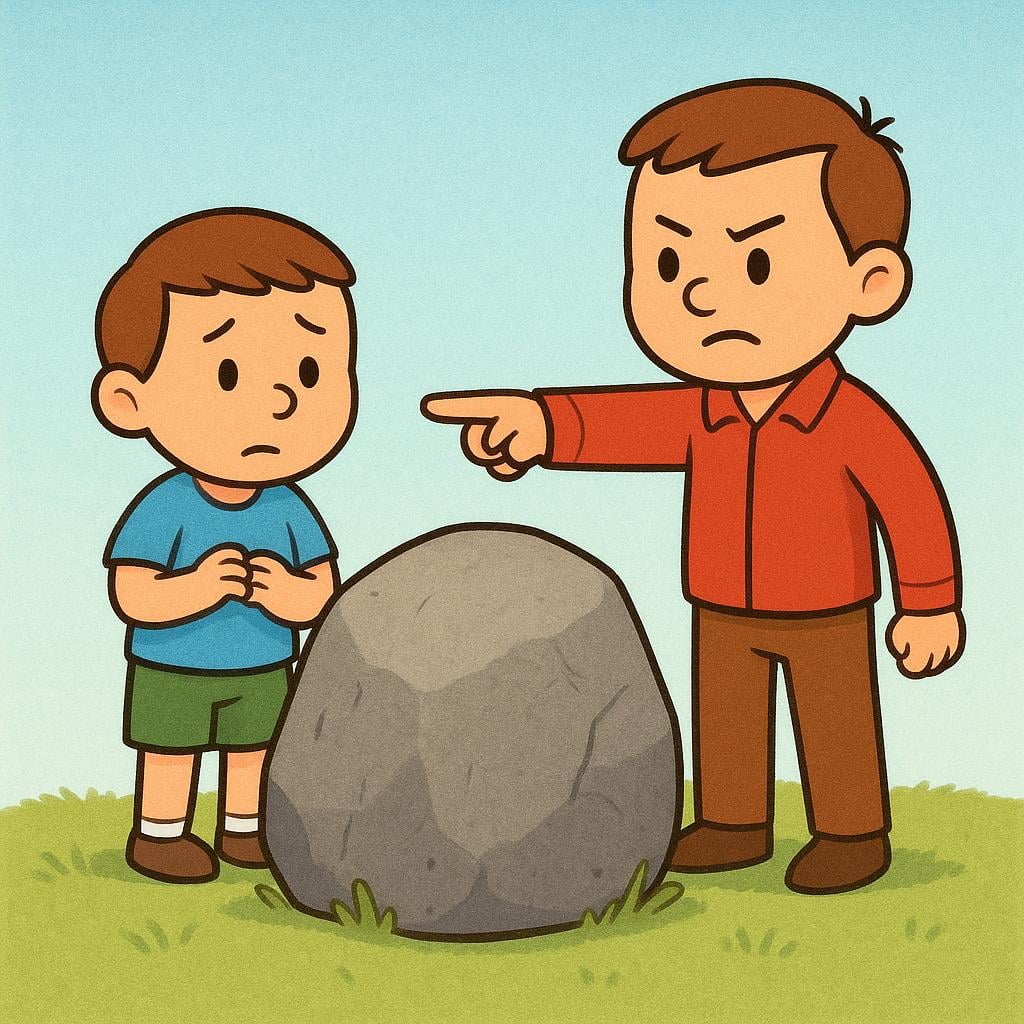levanta
/leh-VAHN-tah/
lifts

This person lifts the object.
levanta(Verb)
lifts
?He/She/It lifts an object
,raises
?He/She/It raises a hand/flag
picks up
?picking up something from the floor
,erects
?building a structure
📝 In Action
El niño levanta el juguete con facilidad.
A1The child lifts the toy easily.
Usted levanta la mano si tiene una pregunta.
A2You raise your hand if you have a question.
💡 Grammar Points
Present Tense for Routines
This form describes what someone does right now or what they do habitually. Example: 'Ella levanta pesas todos los días' (She lifts weights every day).
❌ Common Pitfalls
Confusing 'Levanta' and 'Se Levanta'
Mistake: "Using 'levanta' when you mean 'gets up' (reflexive)."
Correction: Always add 'se' when the person is lifting themselves: 'Él se levanta' (He gets up), not 'Él levanta'.
⭐ Usage Tips
Formal 'You'
Remember that 'levanta' is used for 'usted' (formal you) as well as 'él' and 'ella'.

This person gets up from the bed.
levanta(Verb)
gets up
?He/She/It gets out of bed or stands up
,stands up
?rising from a seated position
rises
?formal or literary usage
📝 In Action
Ella se levanta muy temprano para ir al trabajo.
A1She gets up very early to go to work.
Cuando suena la alarma, mi perro se levanta de inmediato.
A2When the alarm rings, my dog stands up immediately.
💡 Grammar Points
The Reflexive 'Se'
When the person performing the action is also receiving the action (like getting oneself up), you must include the word 'se' before the verb: 'Él levanta' (He lifts a box) vs. 'Él se levanta' (He lifts himself/gets up).
⭐ Usage Tips
Daily Routine Talk
This form is essential for describing daily routines, always starting with 'Me levanto' (I get up), 'Te levantas' (You get up), etc.

The command is given: Lift!
levanta(Verb)
Lift!
?Direct command (tú form)
,Get up!
?Direct command (tú form)
Raise!
?Command to raise something
📝 In Action
¡Levanta esa silla y ponla aquí!
A1Lift that chair and put it here!
¡Levanta, ya es de día!
A1Get up, it's already daytime!
💡 Grammar Points
Affirmative Commands
For positive commands directed at 'tú' (you, informal), the verb uses the exact same form as the 'él/ella/usted' present tense. This is the simplest command form!
❌ Common Pitfalls
Adding Pronouns Incorrectly
Mistake: "Saying 'Se levanta' when giving a command."
Correction: When giving a positive command to get up, the 'te' pronoun attaches to the end: '¡Levántate!'. 'Levanta' is only for lifting an object or the simple command 'Get up!'
⭐ Usage Tips
Use for Friends
This command form ('levanta') is only used when speaking informally to a friend or family member (tú).
🔄 Conjugations
indicative
present
imperfect
preterite
subjunctive
present
imperfect
✏️ Quick Practice
💡 Quick Quiz: levanta
Question 1 of 2
Which sentence correctly uses 'levanta' in its reflexive sense?
📚 More Resources
Frequently Asked Questions
Is 'levantar' a stem-changing verb?
No, 'levantar' is a regular -ar verb. It follows all the standard conjugation patterns and does not change its stem (levan-) in the present tense, unlike verbs like 'empezar' or 'despertar'.
How do I say 'He lifts it' using a pronoun?
You would use the direct object pronoun 'lo' or 'la'. For example, if 'it' is 'el libro' (the book), you say 'Él lo levanta'.